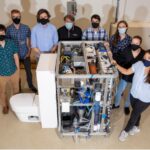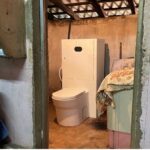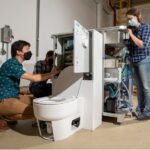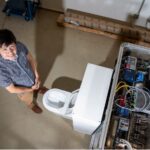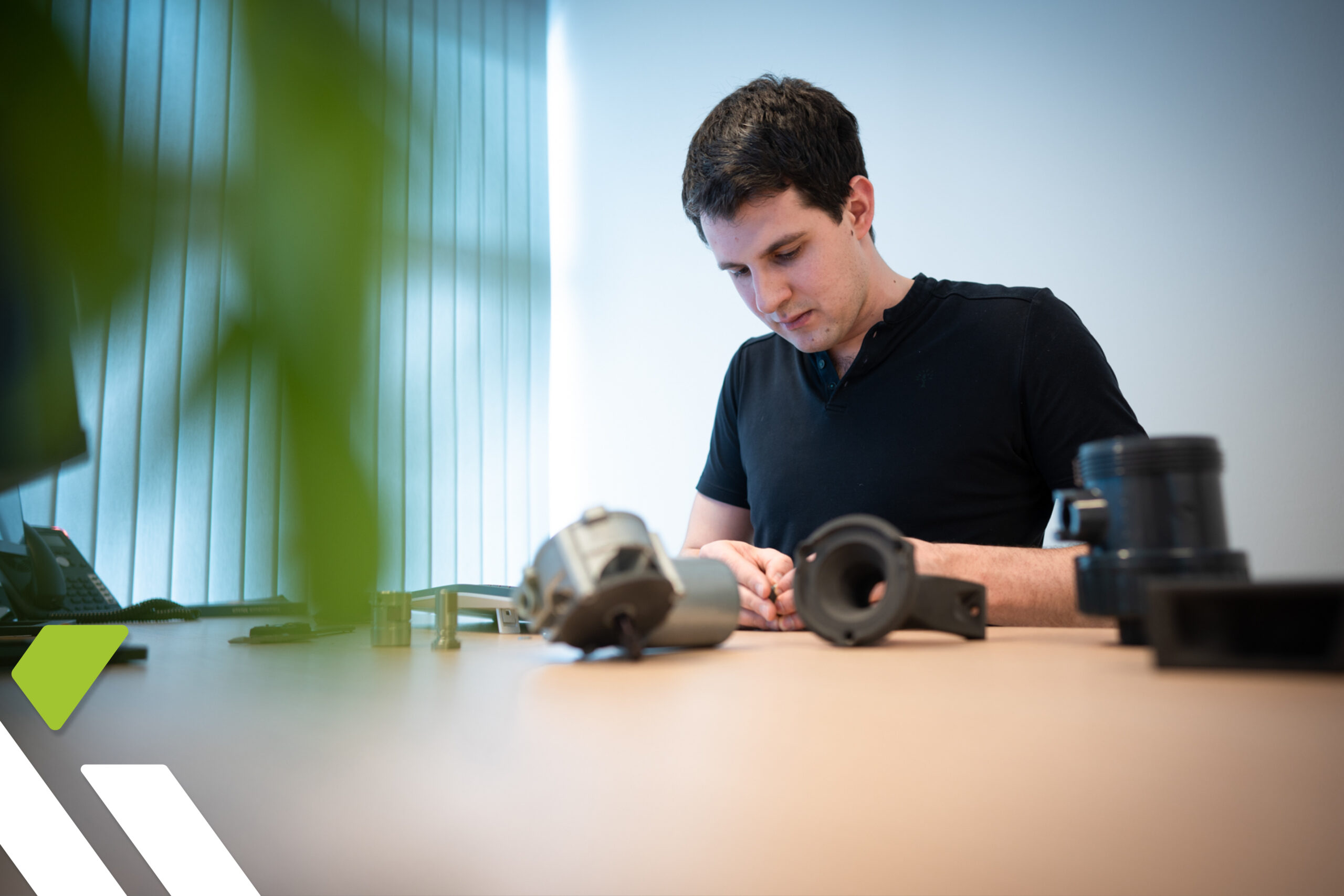
The hygiene revolution for developing countries: a self-sufficient toilet system for a challenging infrastructure
What is taken for granted in our society and is available to us several times a day is completely unthinkable in other parts of the world: A clean toilet that flushes away what we no longer want to deal with at the touch of a button. An absolute must in every household.
In our modern world, where we are surrounded by technological advances and conveniences on a daily basis, it is hard to imagine feces being dumped in front of, on or next to roads or makeshift dug holes in the ground being used as toilets. Yet this depressing reality is part of everyday life for more than half a billion people in poorly to barely developed countries, reminiscent of the bygone days of the European Middle Ages. In many regions of the world, there are insufficient financial resources to build a sanitary infrastructure. While we in Central Europe live in an affluent society in which even brief interruptions to the water supply are announced well in advance, people in areas without a reliable water supply cannot even imagine using a toilet flush. For them, the options available are often reminiscent of the outhouses of our grandparents’ generation. Untreated human excrement inevitably leads to a massive lack of hygiene, which has devastating consequences for the entire population. Diseases, some with life-threatening consequences, are spreading unchecked and exposing the population to additional risk.
For this reason, around ten years ago the Bill & Melinda Gates Foundation set up the “Reinvent the Toilet Challenge” was launched with the aim of developing toilet systems in which all waste is processed within the toilet system at a maximum cost of 5 cents per head per day with the lowest possible water and energy consumption. A complex task for numerous teams of scientists around the world who have set themselves this task. A visionary approach to solving global sanitary challenges comes from US professor Shannon Yee from the Georgia Institute of Technology. He is acting on behalf of the Bill & Melinda Gates Foundation and has brought together a selection of the research to date on the“Reinvented Toilet Challenge” in a project with the aim of developing the ultimate self-sufficient toilet suitable for global applications. This ground-breaking system is divided into two central areas: the back-end for processing human excrement, and the front-end, the actual toilet, which was developed by EOOS NEXT, a Viennese industrial design studio.
The vacuum urine separation toilet manages to reduce the water requirement per flush to a minimum and separates flush water from faeces in a further step. The streams separated in this way are transported to the backend for further processing.
When designing the front end, EOOS NEXT placed particular emphasis on universal usability, which was successfully demonstrated in several field tests in China, India and South Africa over a period of several months.
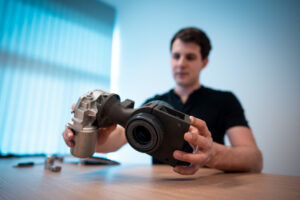
As experts in mechatronics and special machine construction, we at XITEC Engineering were involved in this pioneering development project when our customers EOOS NEXT sent us an initial request for support in prototype construction. The task was to develop a new type of valve capable of ensuring the flow of media within the system. In view of the fact that there were no existing valve types on the market that met the specific requirements in terms of rotational speed, we contributed our expertise: piece by piece, a customized prototype was created. Our joint choice fell on a valve solution based on commercially available standard valves, which were supplemented with a motor and sensors. In addition, the valve was equipped with a corresponding control board and programming. This special valve was adapted for integration into existing prototypes. Continuous testing and adjustments ensured that the valves met the high requirements. Furthermore, based on the detailed processes and quality requirements of EOOS NEXT, we developed a control box to control all installed components and sensors and implemented the overall programming of the toilet.
This was followed by an intensive test phase in which we took a close look at the joint implementation. This gave us the opportunity to check the individual components and the overall structure in detail. With this test phase, we ensured that all components interact smoothly with the software and that the system is functional for use in real conditions. With additional performance measurements on the overall system, we analyzed the energy requirements of the toilet in order to provide an additional basis for targeted further development. The toilet prototypes currently still require a large amount of space, and the installation space will be reduced during product development. Harald Gründl from EOOS NEXT compares this development phase with the early days of cell phones, which now fit in every pocket.
We are delighted that we were able to contribute our expertise to this impressive and sustainable project. We would like to thank EOOS NEXT for their trust and excellent cooperation. We are looking forward to the further progress of the project and hope that this innovative system will be implemented all over the world in the future!


